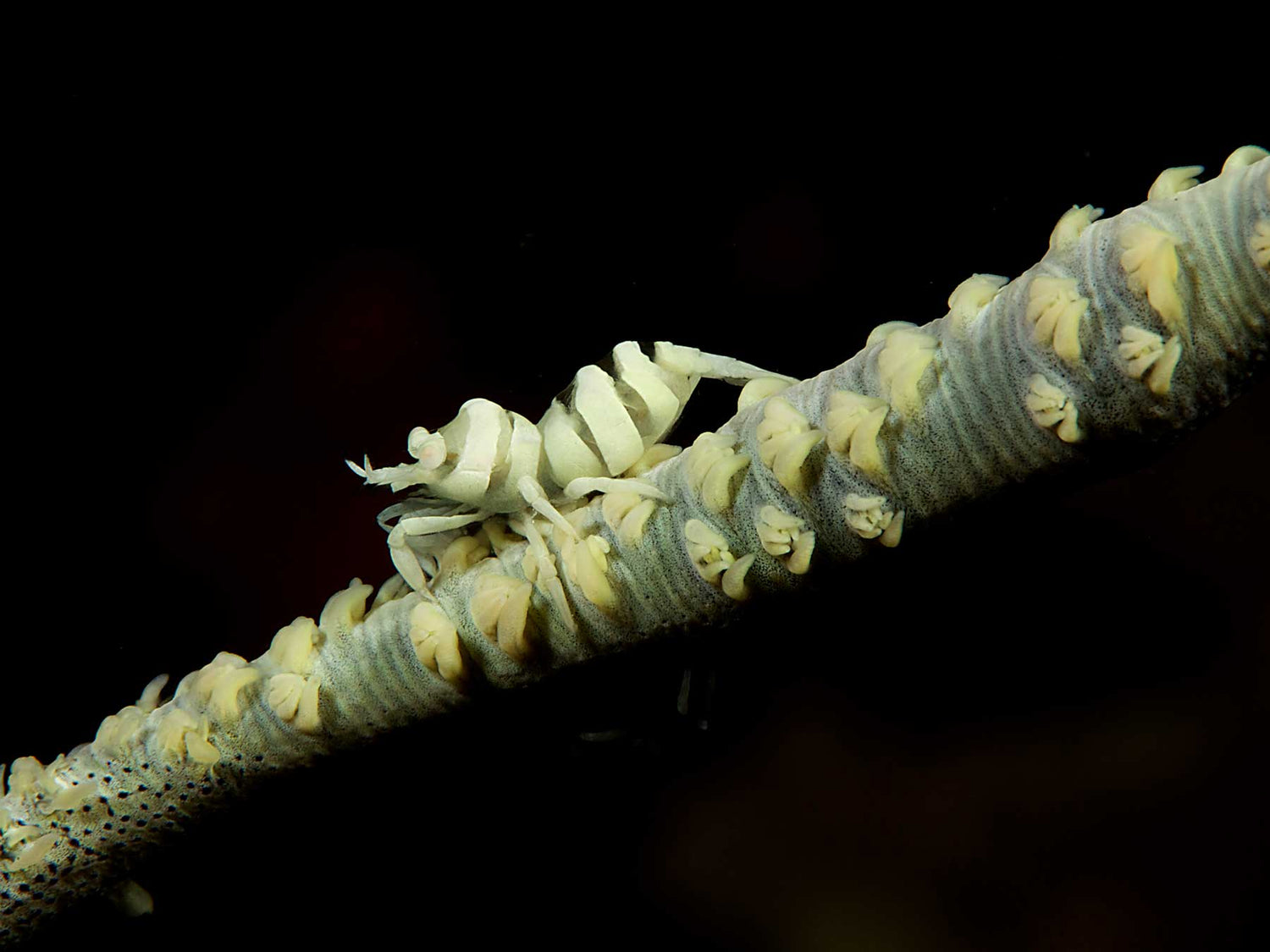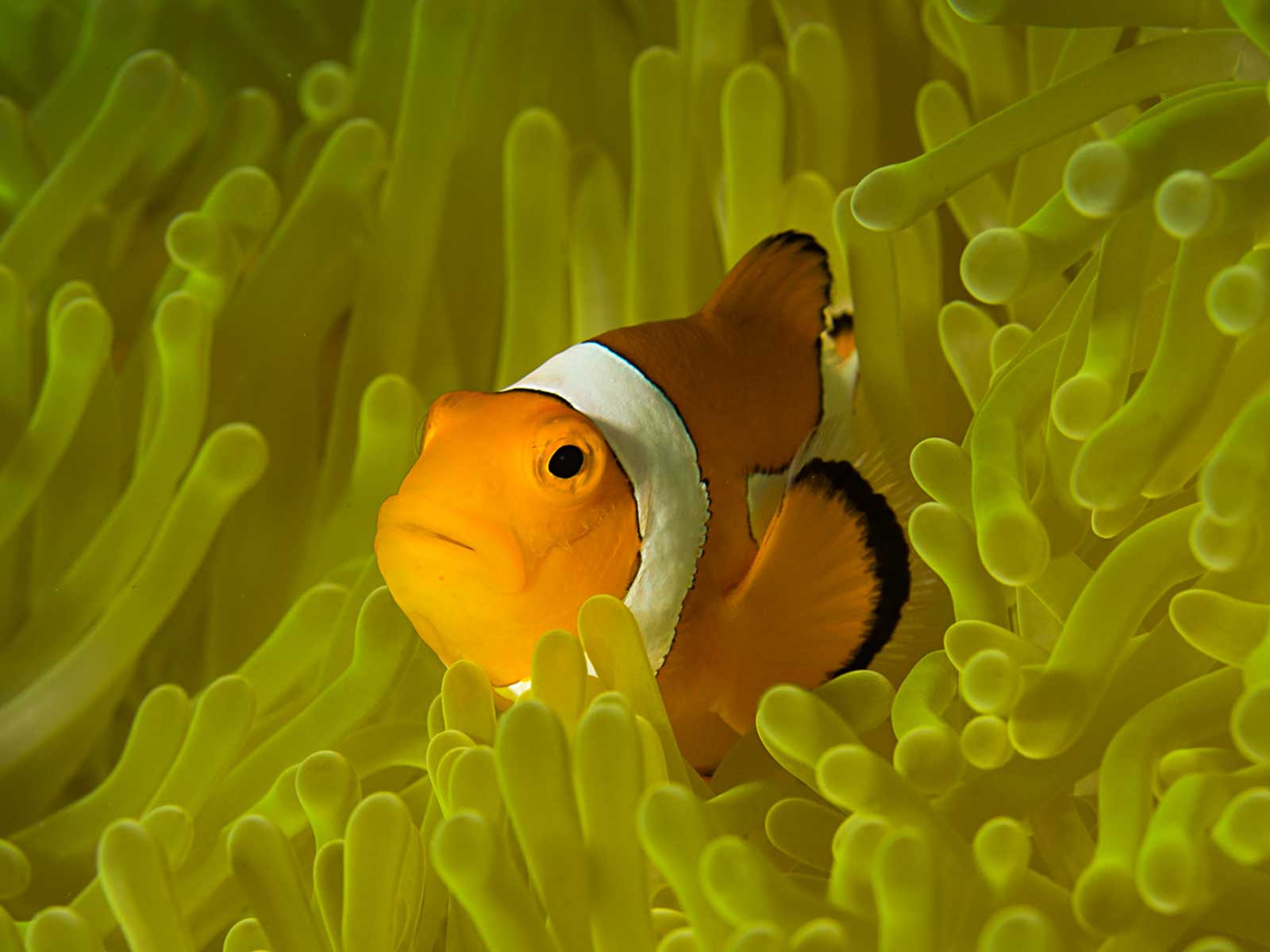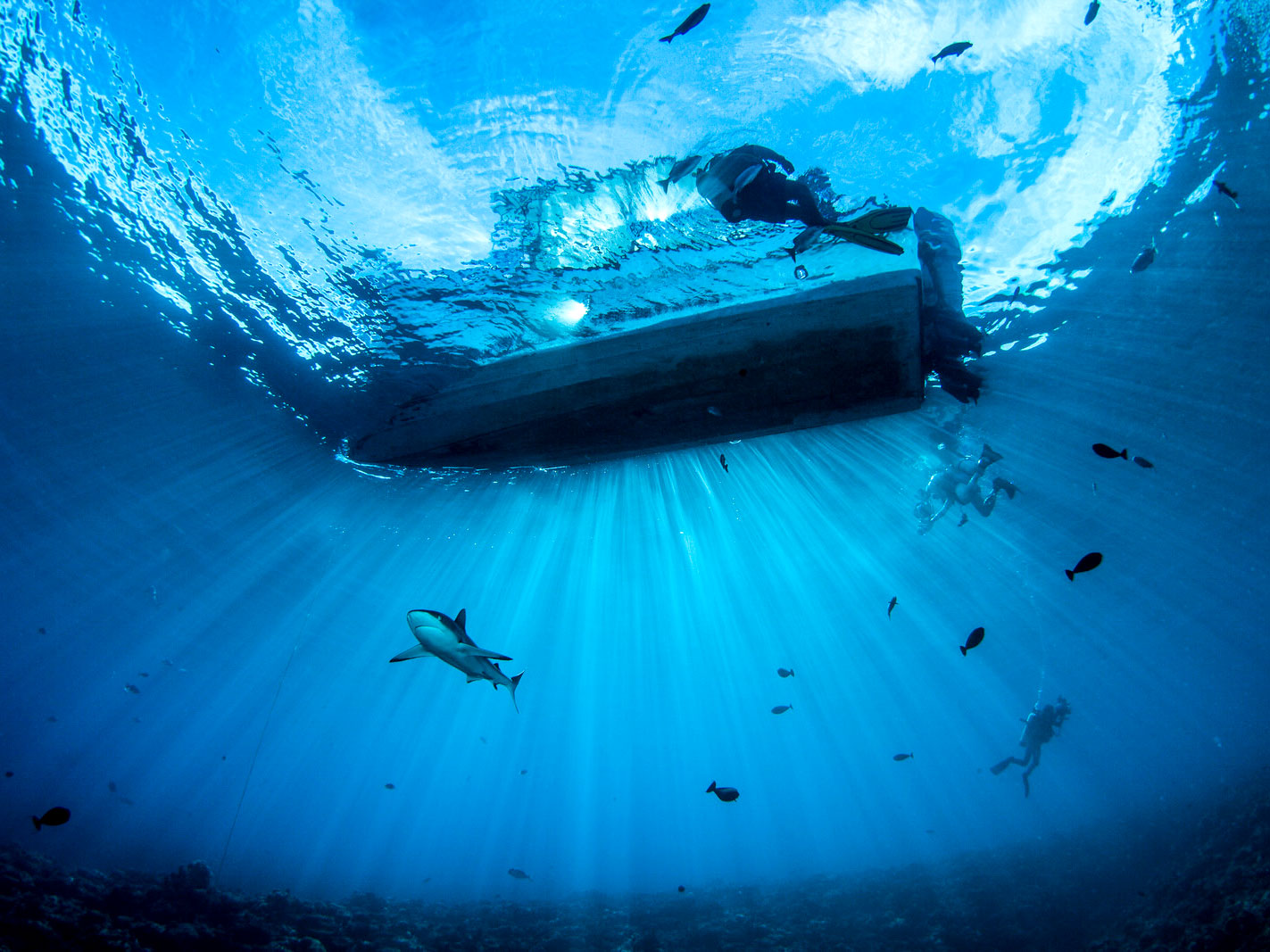On the path to more creative photography, this technique is for many a first step. It involves forcing the camera only expose for the flash. The opposite of balanced lighting.
Where
Any water, any subject.
DSLR + Mirrorless
ISO: 100 to 200
Mode: Manual camera; TTL strobes
Aperture: f/16 to f/22; small apertures (larger numbers) are helpful here
Shutter Speed: 1/125 to 1/250 (or max flash sync speed)
Lens: 60mm Macro or 100mm (105mm) Macro
Point + Shoot
ISO: 100 to 200
Mode: M Manual or Av Aperture Priority; choose Macro focus mode if available
Aperture: The smallest possible aperture (largest number) for maximum depth-of-field
Shutter Speed: 1/125 to 1/250
Focal Length: Microscope mode (Olympus Tough TG-series) or close-up range

Juvenile Hawkfish. If there isn't anything behind your subject, the flash will disappear and your background will go to black when you use small Apertures. Fish that flit around are challenging to capture with a macro lens, it takes patience, lot's of misses, and some luck to get a nice pose, lighting, and background. Fish that perch allow for a thoughtful composition.
Technique
A pure black background separates your colorful subject in stark contrast for visual impact. Achieving this is very easy, your flash must simply expose the frame at least 2 (or more!) stops darker than the ambient light. So we keep our shutter fast, our ISO low, and close down the aperture.
From there the final key is for your subject to have nothing behind it... nothing for the flash to hit! An upward camera angle is the easiest way to achieve this, but depending on the distance it is possible to angle your strobes so they light the foreground and not the background. If this is done properly your water column can be jet black.
Strobes
Assuming you are shooting up at your subject, strobe placement is pretty flexible. After the capture, check to see if your light is hitting anything you didn't notice when you set up. Sometimes repositioning one of the strobes can solve this without changing the light on the subject. TTL will work perfectly for this as long as your subject occupies a reasonable amount of the frame. Using the spot metering system of the camera can be helpful for accurate exposure.
Additional Reading
Super Macro Underwater Photography Techniques
Close Focus Wide Angle In Depth
Macro Close-Up Underwater Camera Settings













